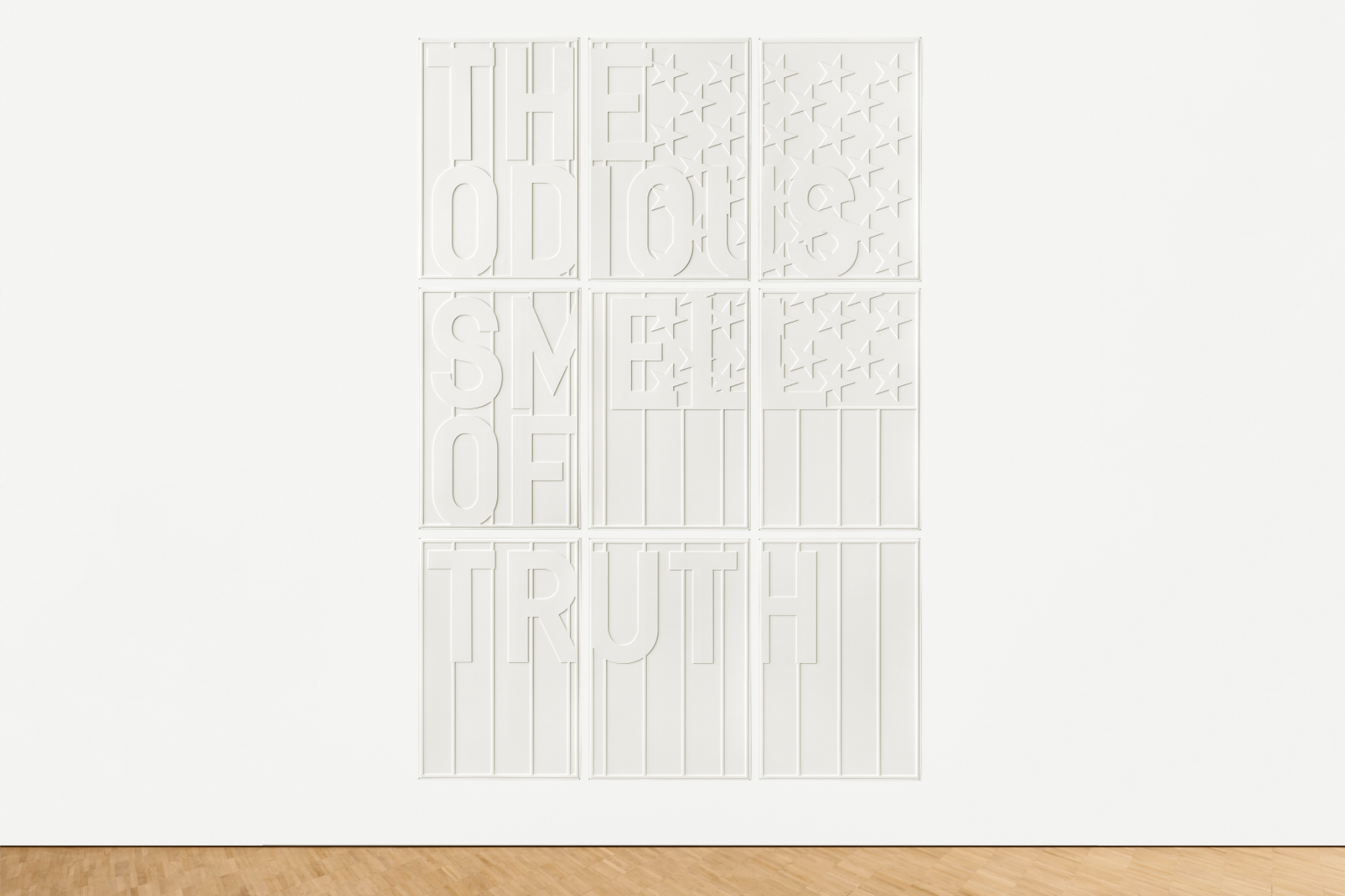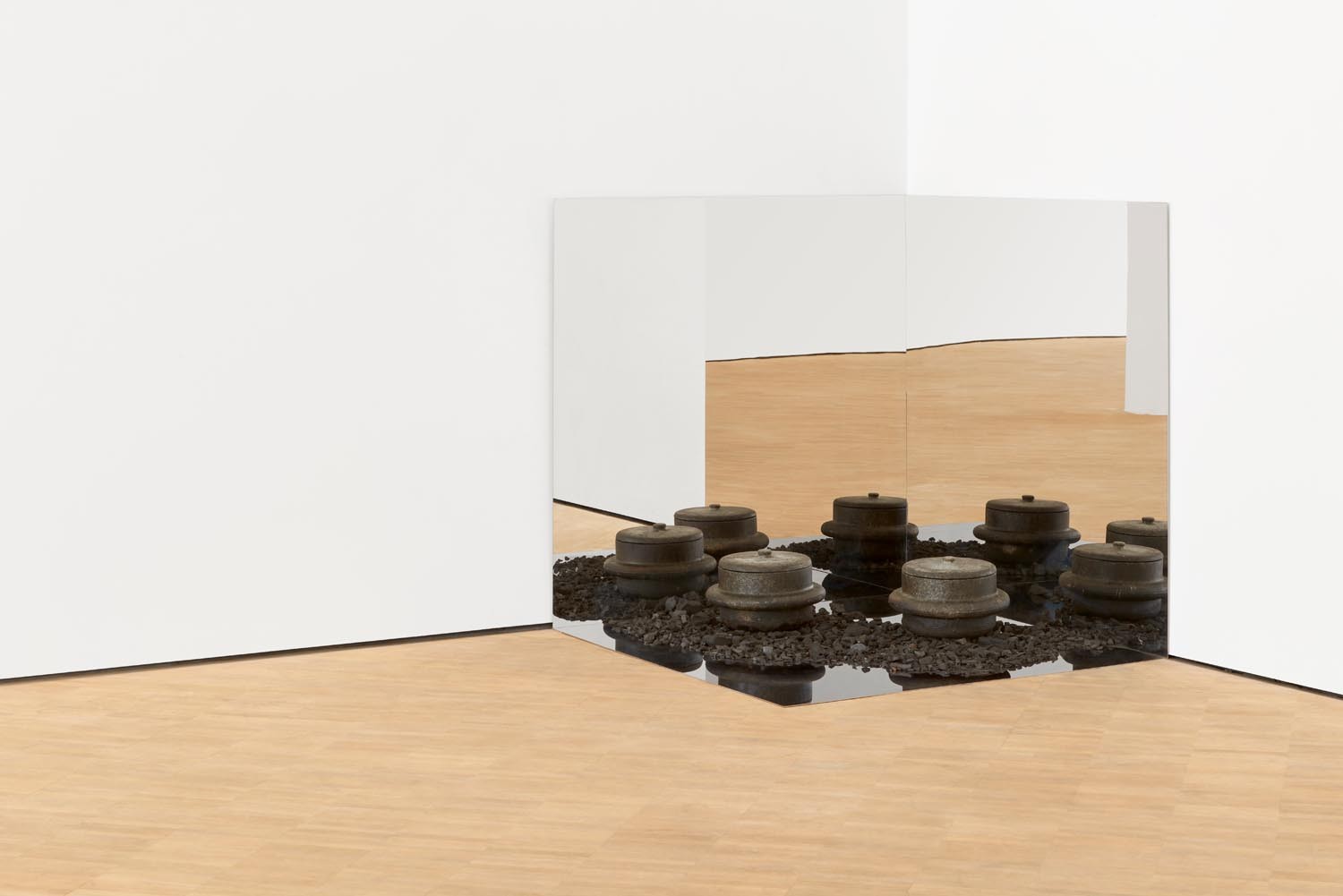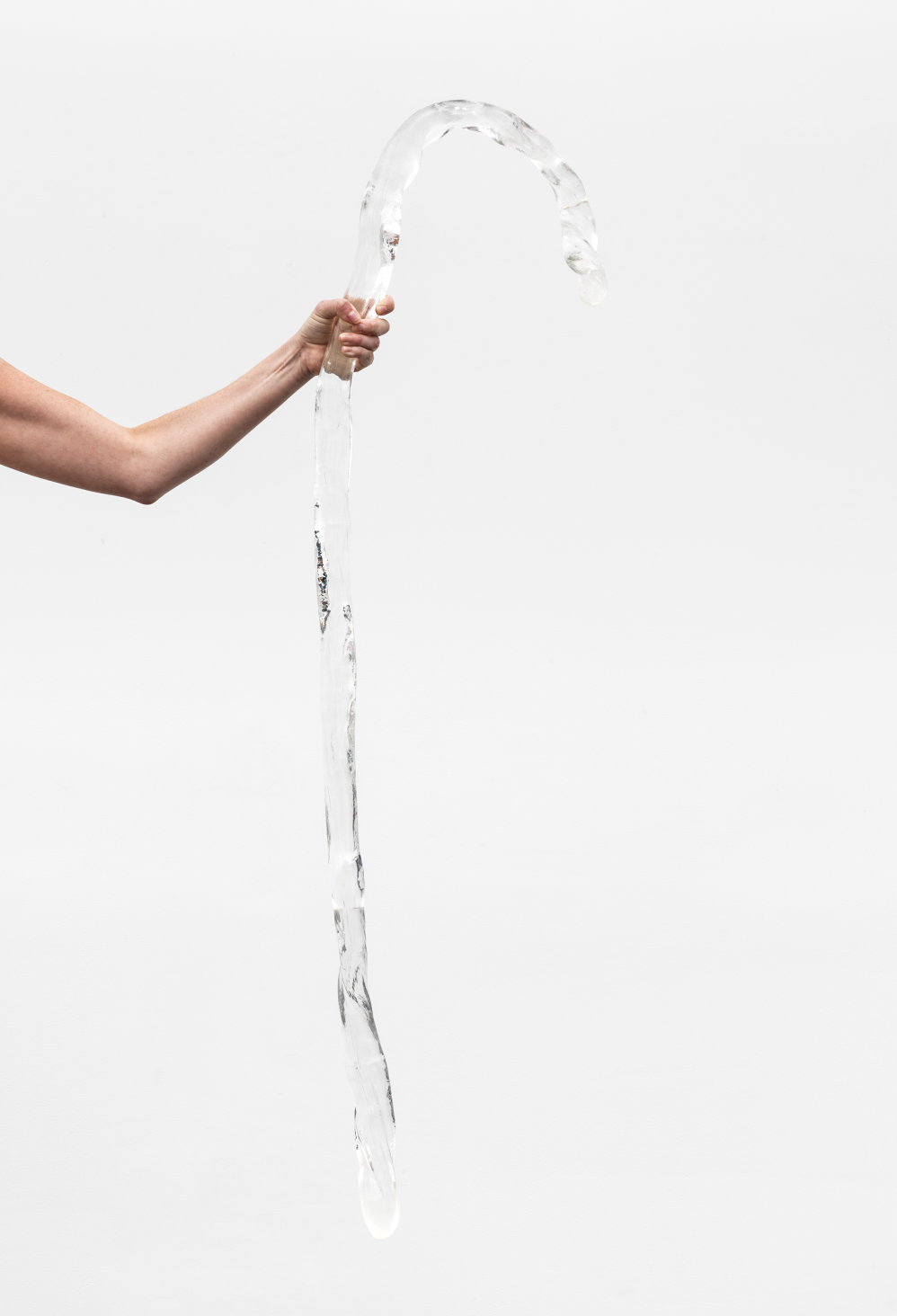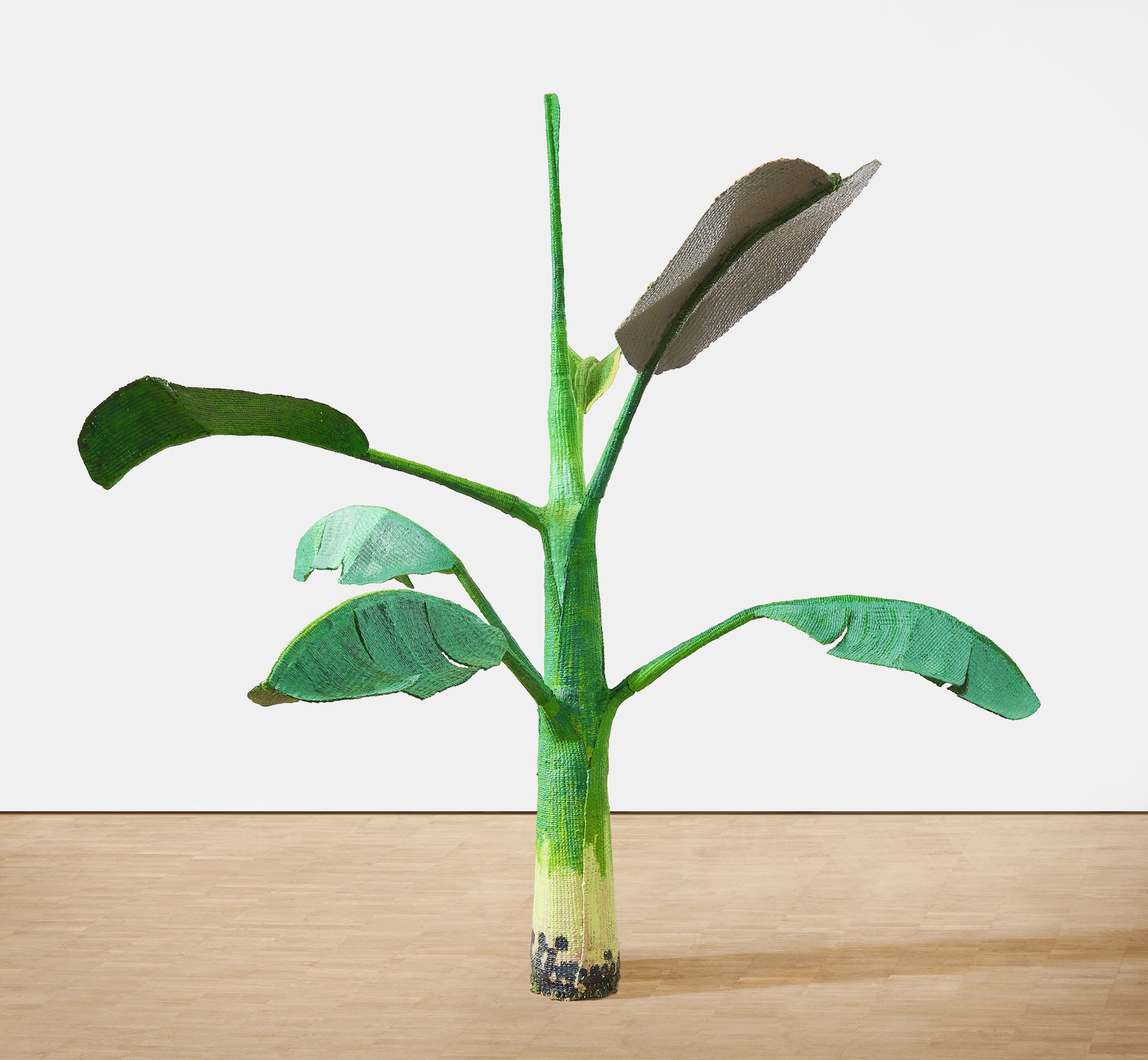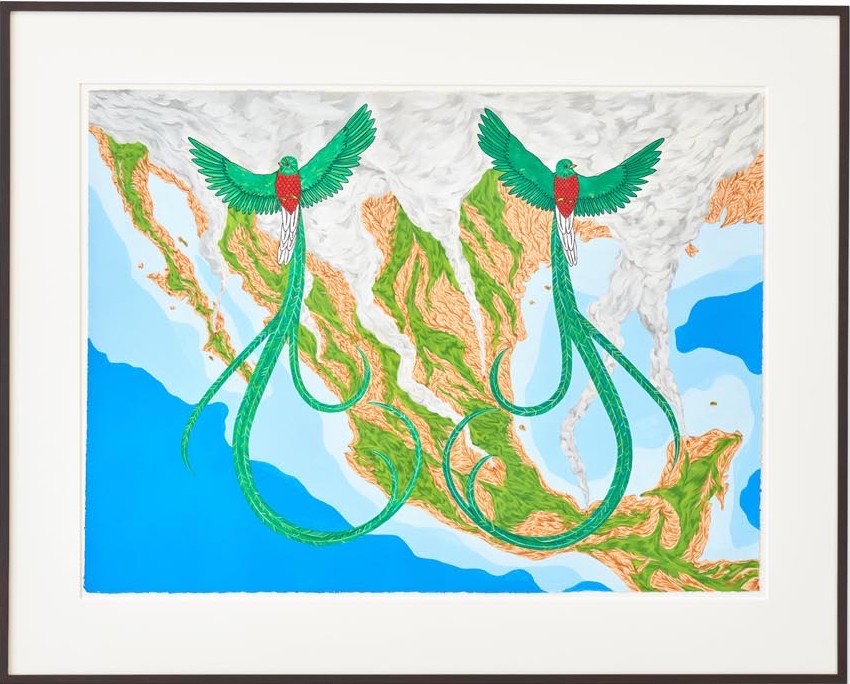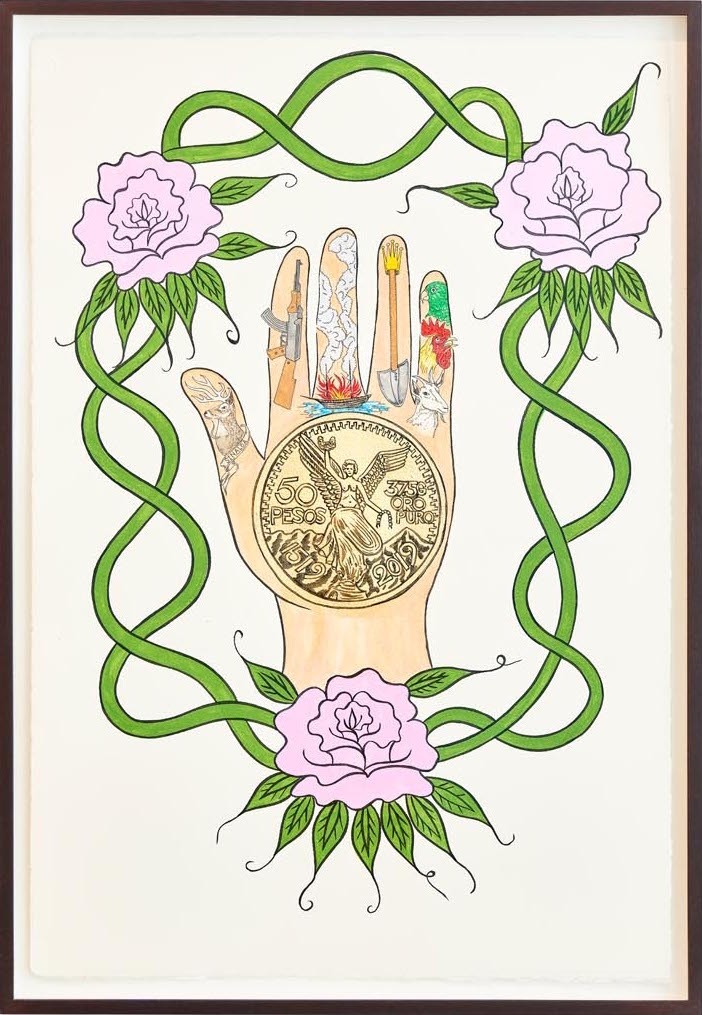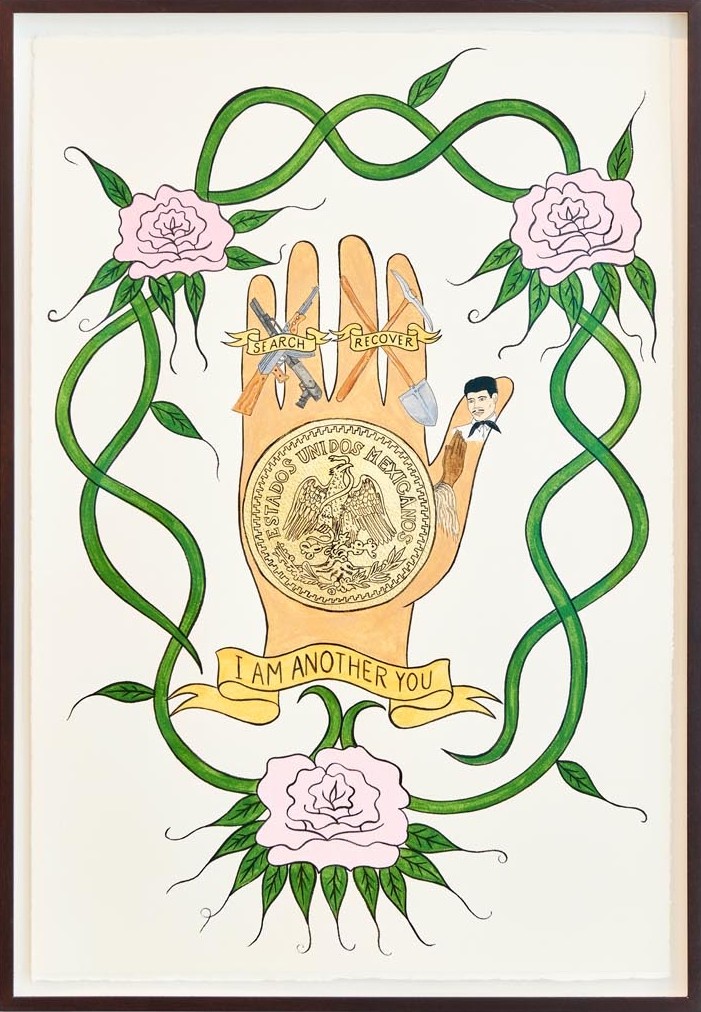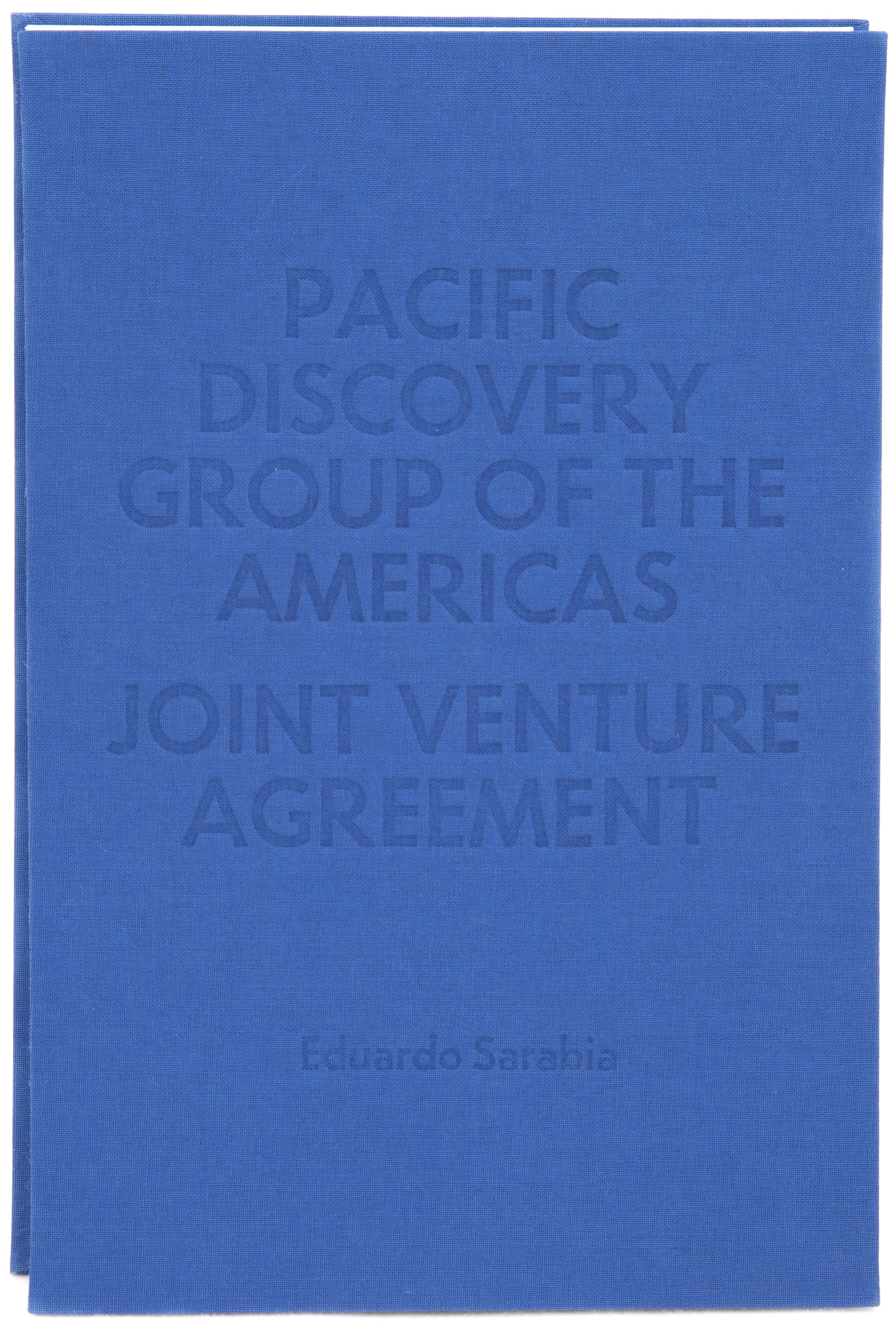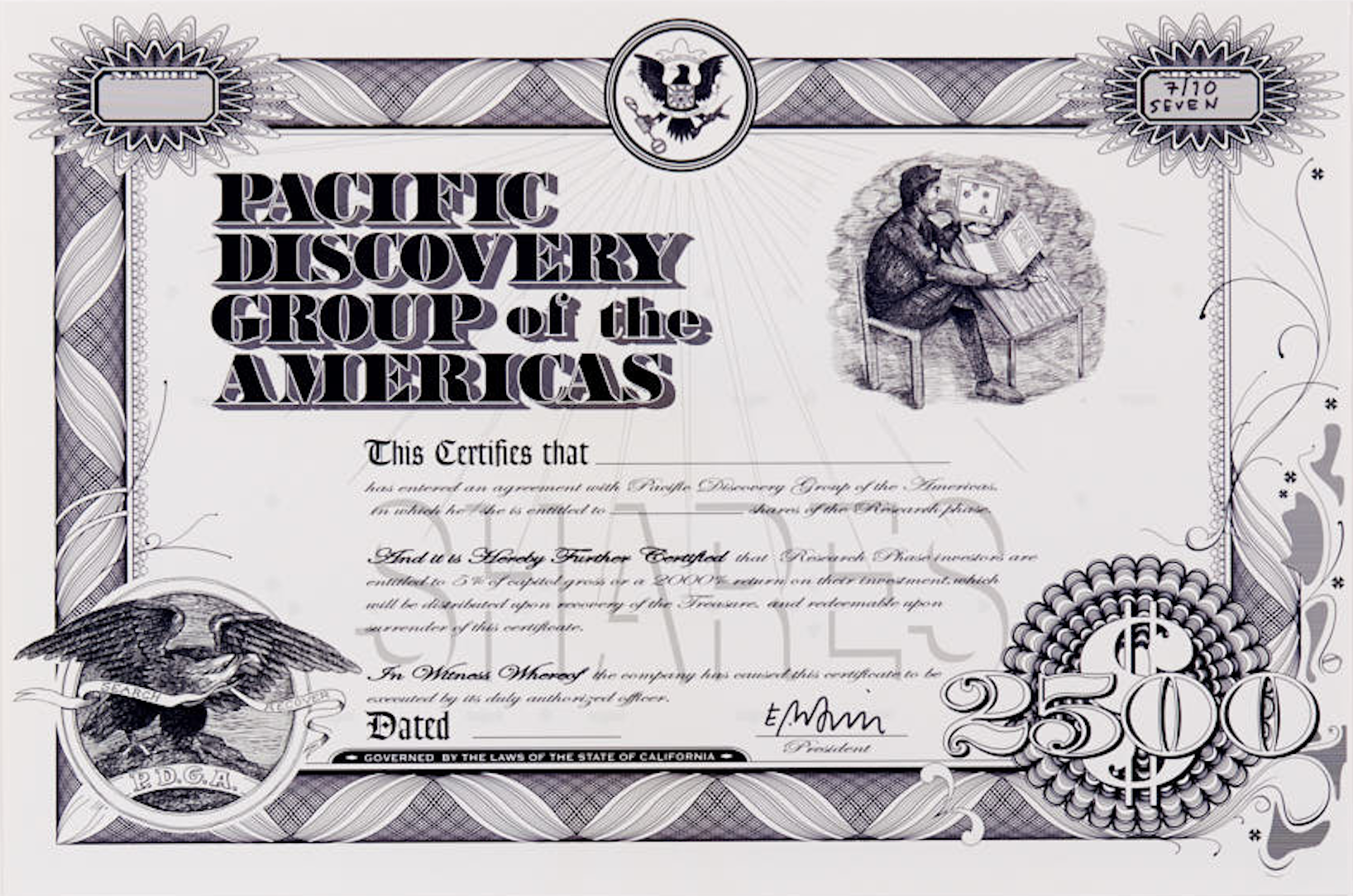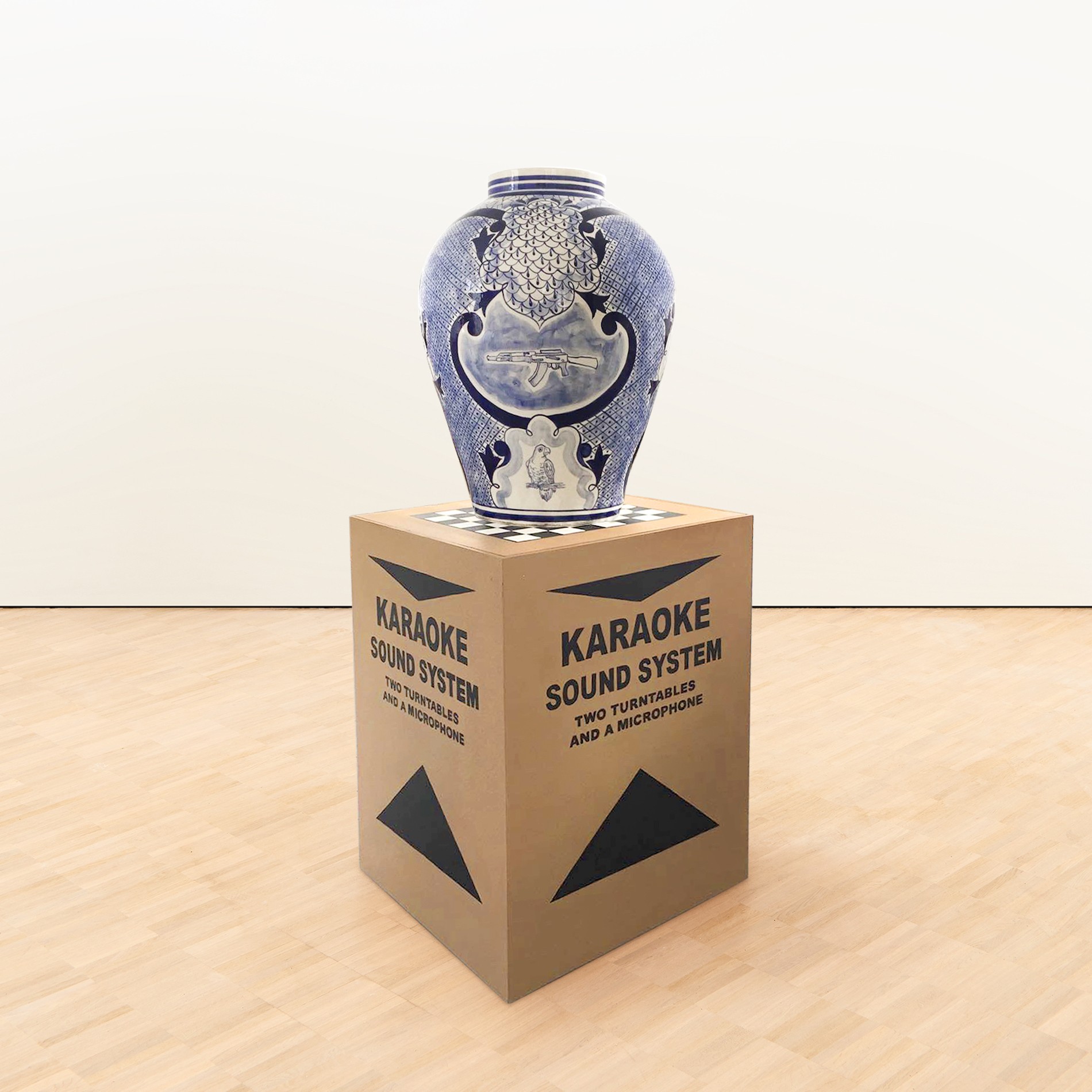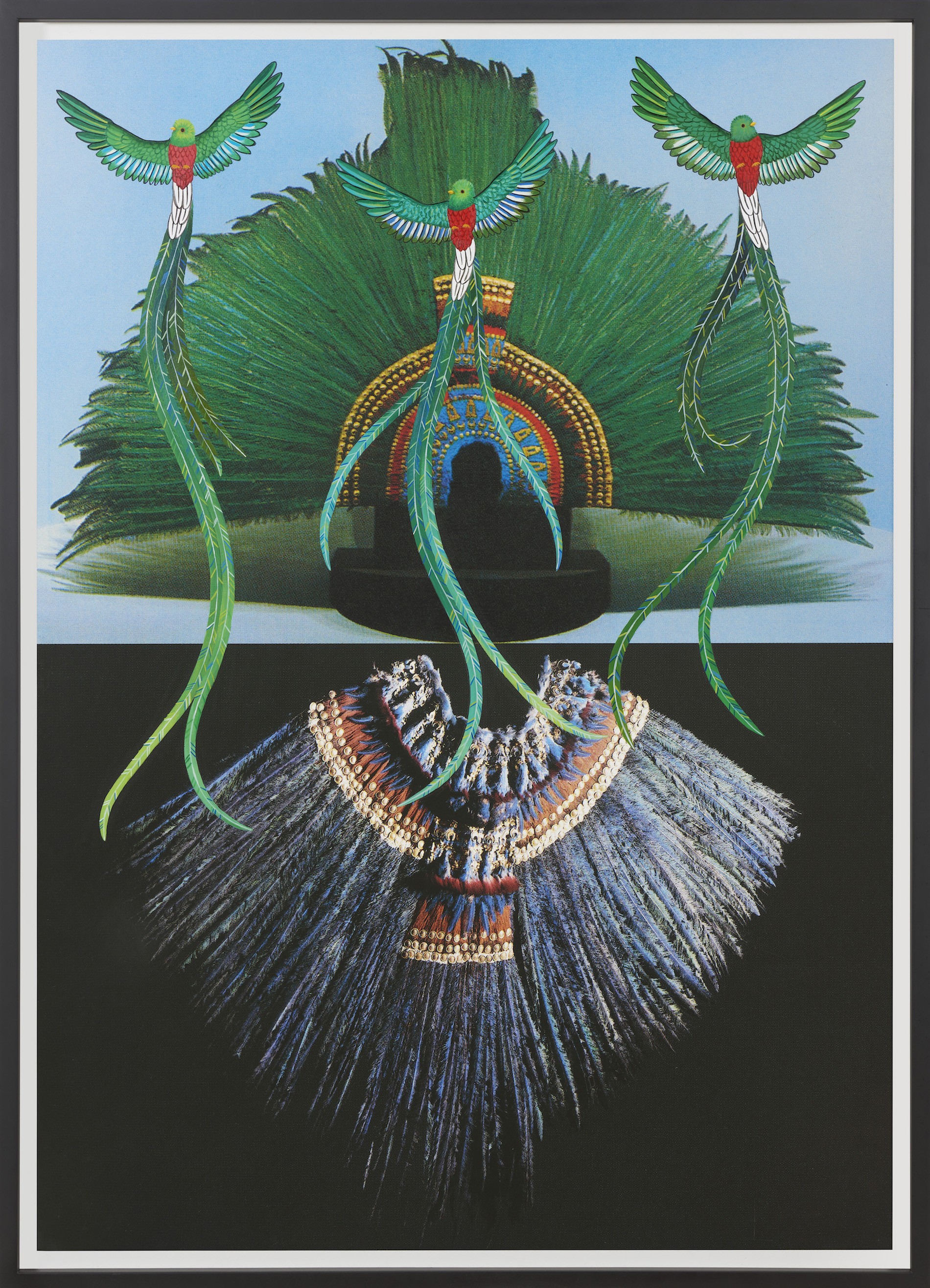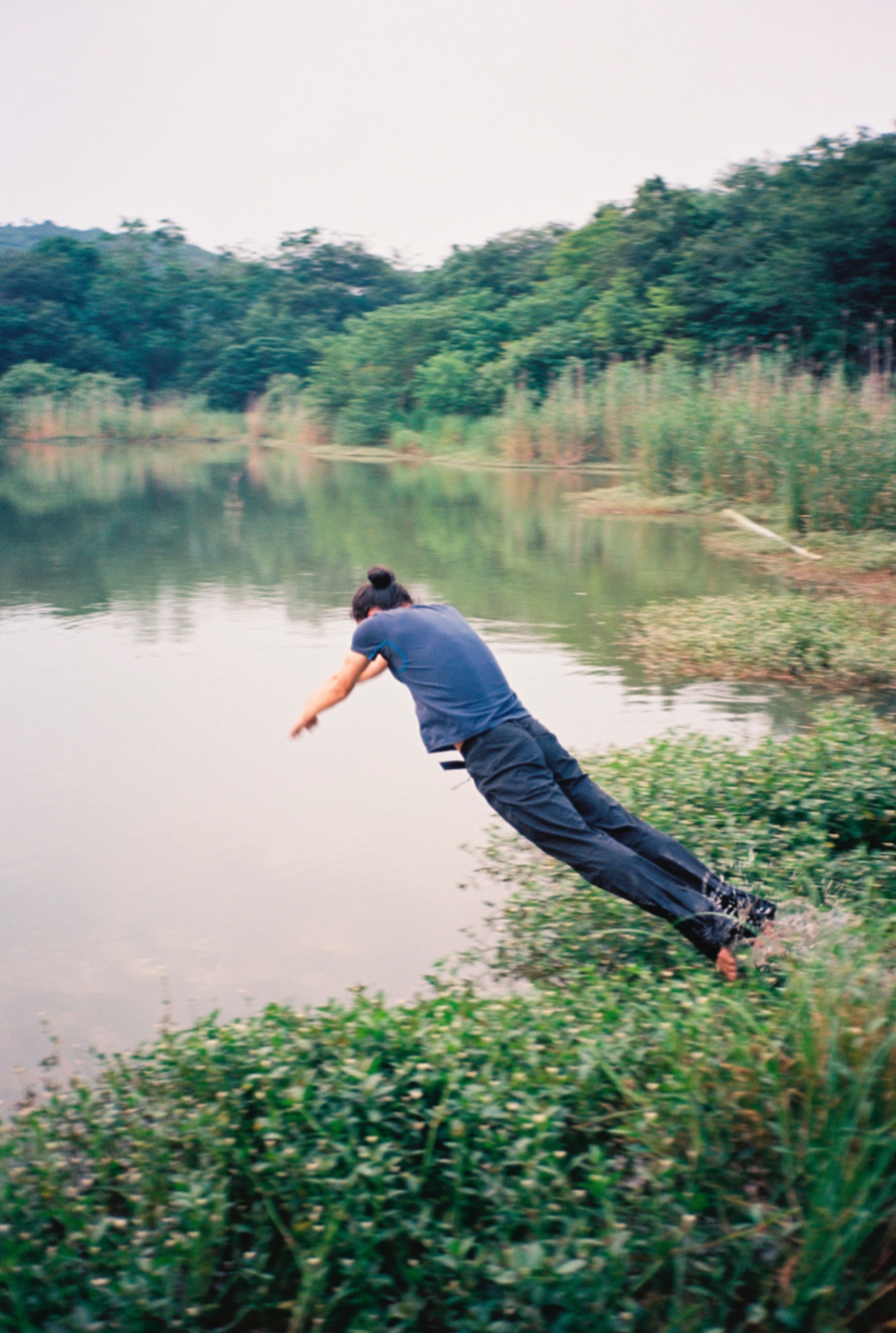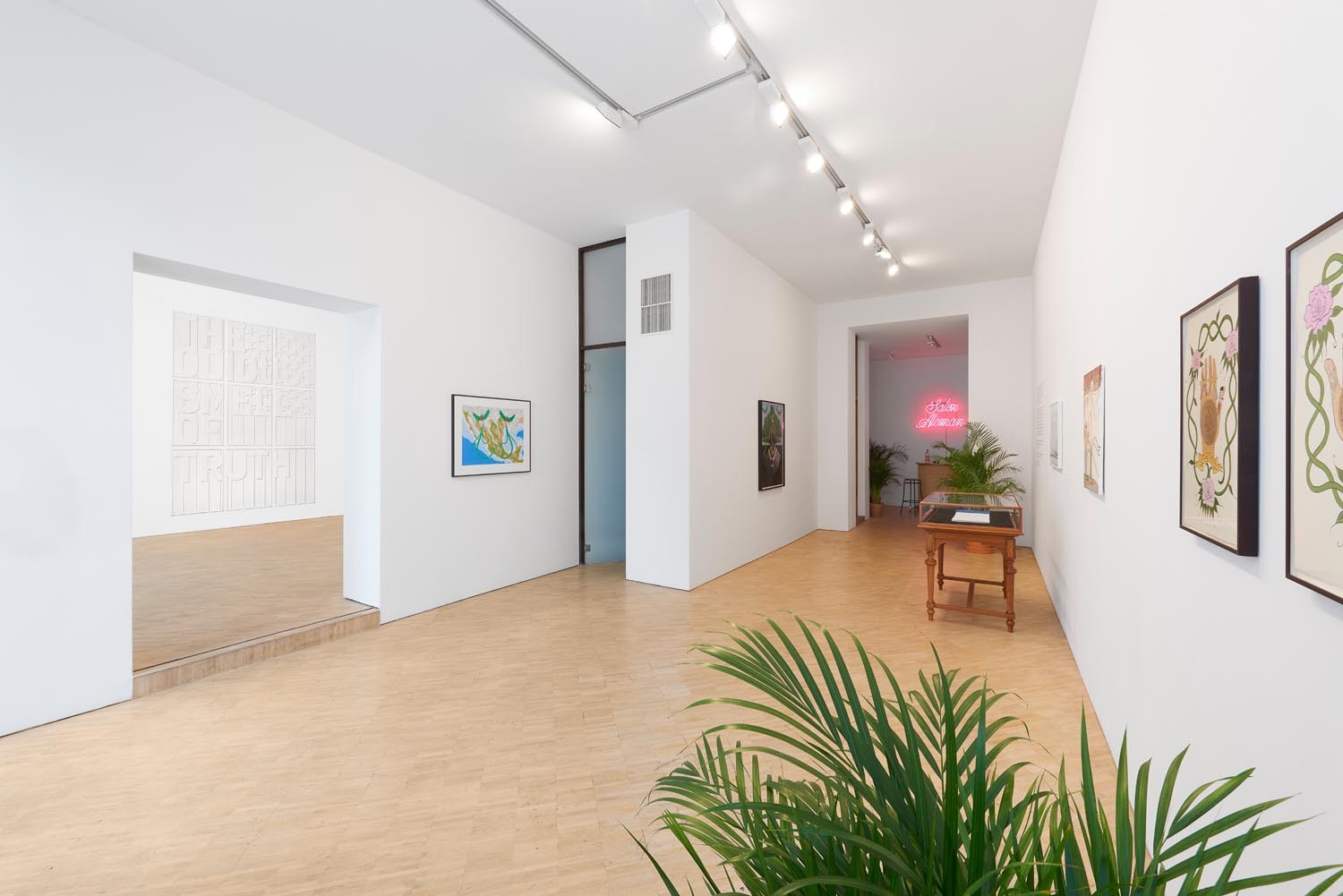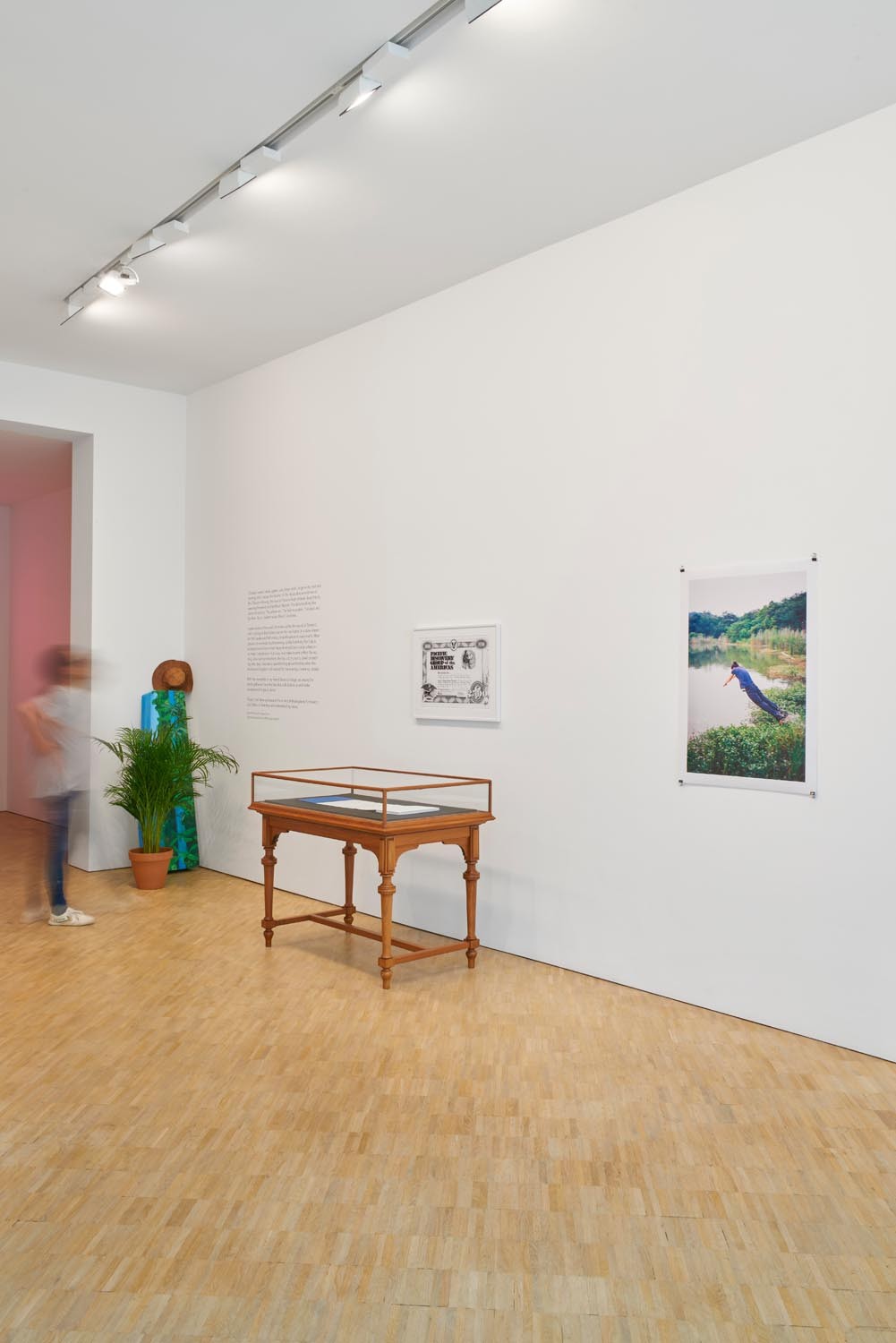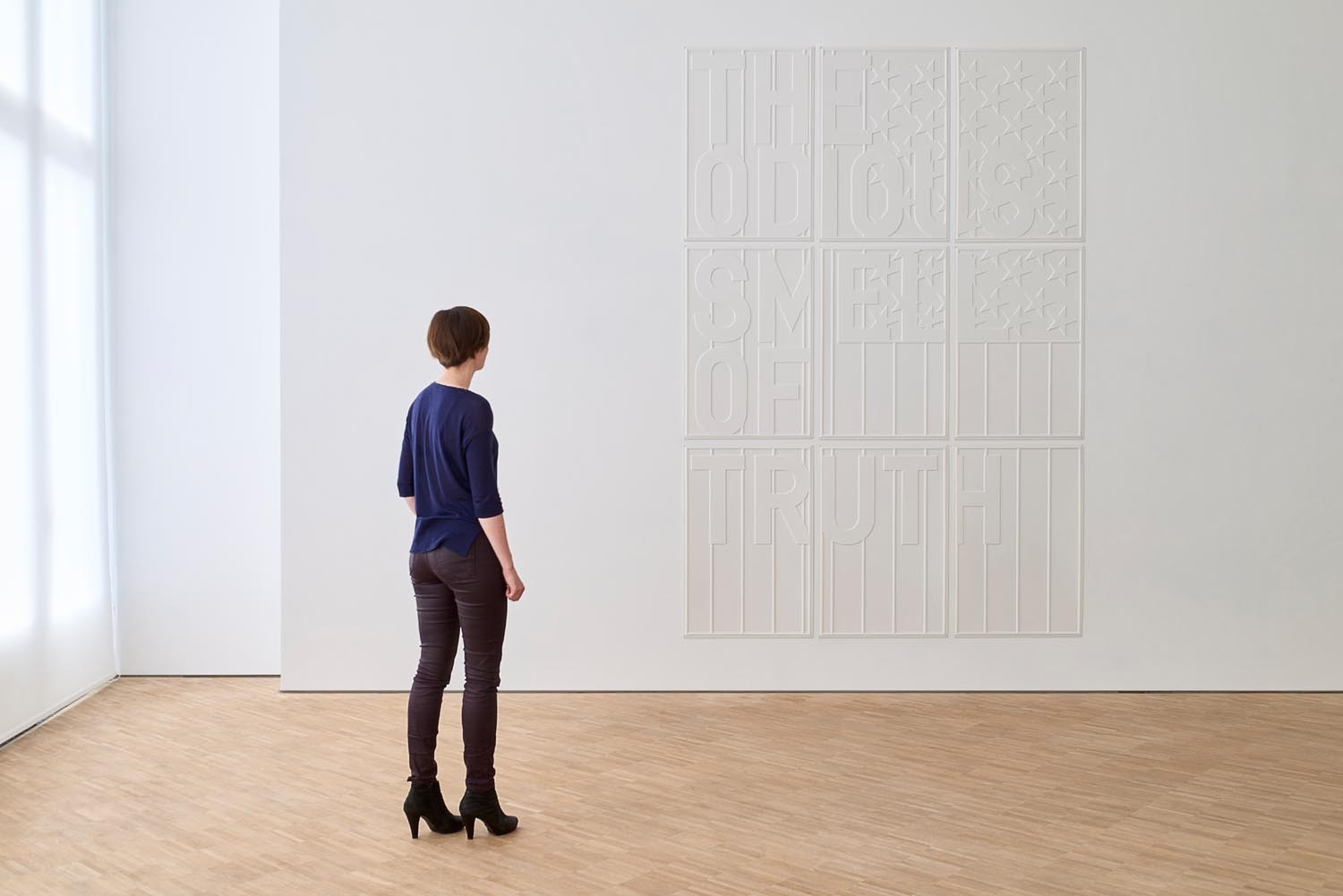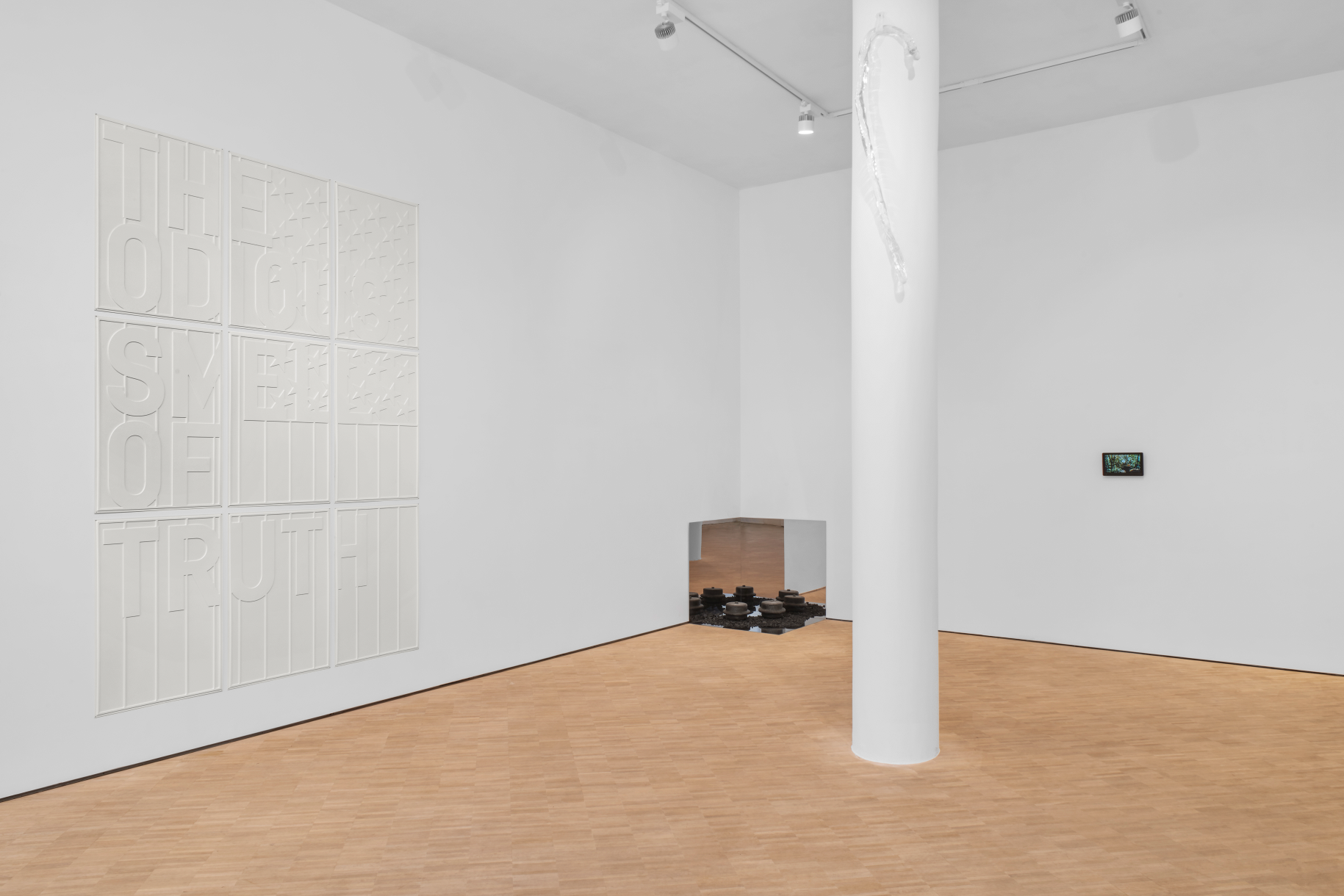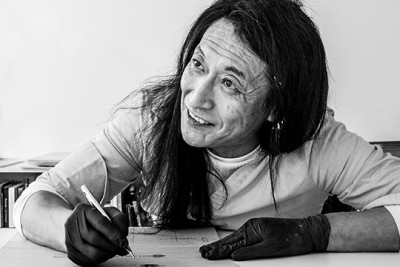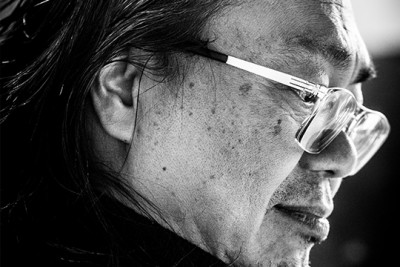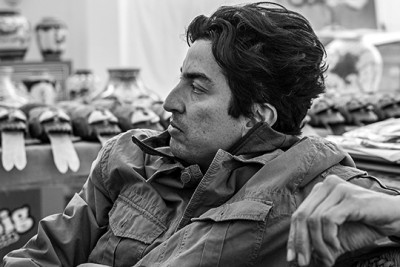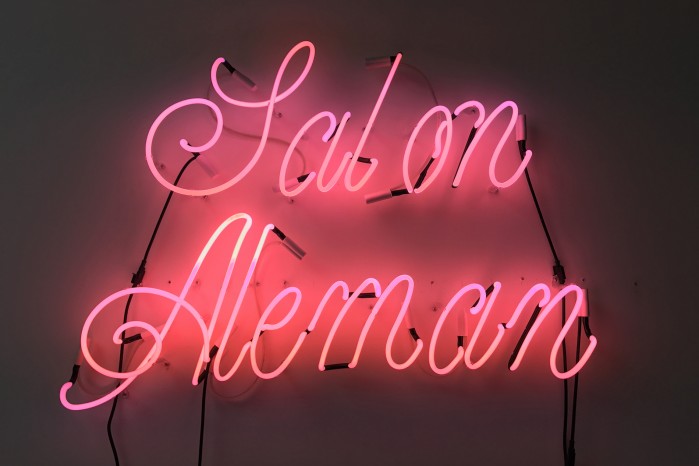GRAND REVERSE TANG DIXIN, EDUARDO SARABIA, YUTAKA SONE, RIRKRIT TIRAVANIJA
25.05 – 30.06.2018
Grand Reverse: The Odious Smell of Truth is the first part in a series of exhibitions conceptualised by artist Yutaka Sone, investigating the participating artists’ ongoing challenge against the Western hegemony and its economic, geopolitical, and social systems, which operate not only within the Western art world but in the world at large. In effect, the artists at once poignantly and discreetly point to the seemingly obvious one-directional exchange to which many have become oblivious, even at the risk of losing the ability of self-reflection. This part shows new and historical works to trace these reversals in the practice of Tang Dixin, Eduardo Sarabia, Yutaka Sone, and Rirkrit Tiravanija.
Rirkrit Tiravanija’s bold message series often act as a reversal to the mood that is projected by the government and/or the mass media. His untitled 2018 (white flag, black letters) is a relief-outlined message on an upright white American flag. The work measures 198,9 x 306,7 cm (the exact dimensions of Jasper Johns’ 1955 painting White Flag) and is printed on plastic vacuum-formed panels, as was Belgian artist Marcel Broodthaers’ 1968 multiple work The Black Flag, Unlimited Edition (Le Drapeau noir, tirage illimité). The text on Tiravanija’s flag is just as relevant as Broodthaers’ list of European cities involved in the May 1968 riots, and as intentional as the 50 stars to represent all states, to give heed to the contemporaneity of his message. The work untitled 2018 (stones and ashes) consists out of two stone pots (fabricated at Sone’s studio), placed strategically in a corner lined with 36-inch high- grade polished stainless steel mirrors, in the style of Robert Smithson’s Yucatan Mirror Displacements, create an illusionary circular form within the gallery space. Perhaps the artist’s most famous and popular type of work, the cooking-related series, is about the exchanging of conventional roles that transpire in a gallery, but also recreates appropriate situations for the cultural (and now social) objects.
Yutaka Sone, a Japanese expatriate now based in Belgium, creates large-scale installations that recreate jungles and ski slopes, and transplant the visitors to extreme locations. They are often filled with sculptures of palm and banana trees and snow flakes that are skillfully produced in his studios in Fujian, China (with his marble carving artisans) and Michoacán, Mexico (with his rattan weavers). In essence, the artist carries out labor-intense collaborations with local, non-western artisans to create commissioned works for the western art market; and hereby uses the western budget as a reversed kind of unconventional monetary flow through this commodity transaction with the west. An earlier film work by Sone, Magic Stick (1998- 1999), captures the artist wandering through a bat- hovering Bornean jungle, holding a crystal cane close to himself, as if a talisman of sorts, and seeking a way to come to terms with his wild and unfamiliar surroundings. The magic stick shimmers as it gathers light and disappears with the darkness; Sone seeks to do the same and follows the guiding object. In preparation for shooting this film, a “specialized craftsman in Japan helped Sone make the stick in glass, which became plastic at 1,200 degrees Celsius. He modeled its form for forty seconds with his hands, only protected by heat-resistant gloves. The cooling down of the object to room temperature took two weeks.” For Sone, the jungle “untamed and unchartered” is equivalent to creation. The artist “loves landscapes that evoke an intense experience in which the time of his own presence and that of nature exist simultaneously. Underlining in his work the experience of such an exalted moment, the crystallised tension of a ‘magic sensation’ in a person’s relationship to the environment. For the artist, his magic stick mediates this relation, as do the roller coasters, bikes, or skis in his oeuvre.” And it is this magic stick that allows him to navigate the jungle that is the world of commercial art.
The works by Mexican-American artist Eduardo Sarabia delve on the myth and politics of the tension between his two home countries that are geographically close yet set apart by man-drawn border and wall. When Sarabia’s predominantly Western collectors purchased a stake in his Mexican treasure hunt venture in 2013, they were consequently and unknowingly bound by contract to pay for the gold that the Spanish conquistadores led by Cortés had plundered 500 years ago. Documentation and artwork surrounding the search for Pancho Villa’s lost gold by Sarabia’s company Pacific Discovery Group of the Americas was rst presented in the artist’s exhibition at the Arizona State University Art Museum, which was aptly titled Moctezuma’s Revenge. It is observed that this so- called traveler’s curse laid by the Aztec emperor has “been replaced by the country’s global command of illegal drug smuggling and dealing, a scourge much worse than a couple of days confined to your bathroom” and its consequences still reverberate in the present. Similar to the expedition venture project, Sarabia’s traveling bar, Salon Alemán, serves free tequila, or distilled alcohol produced by his company in Mexico and often consumed in lethal “shots” in the West.
Shanghai-based Tang Dixin’s paintings and performances question the absurdity of the everyday and the society, and our bodily relationship to both. For his work Shooting the Moon (2016), Tang marked a two-hour trail in the mountains surrounding a museum for willing participants to venture out. During the trail, the participants occasionally caught sight of the artist crossing a nearby river, using two sticks of bamboo, one of which he uses to oat on and another to maintain his balance. Tang’s trail-making piece will guide into the second part of Grand Reverse (scheduled to take place in the following year), based on an allegorical trip proposed by Yutaka Sone, whereby the artists reverse the conquest route of the Spanish Hernán Cortés in his search for the fabled gold in Mexico in the 16th Century. By going from the heart of Lake Texcoco and back to Europe, the artists will reverse the historic event that shaped the current direction of colonial interchange between Mexico and the west.
Sone has proposed: “We will gather at my studio located in the former Michoacan Kingdom, Hernán Cortés’s last site of Mexican conquest, and build a bonfire and begin our reverse journey. We will trace backwards the route in which this land was conquered. Starting from Michoacan to Mexico City. And then to the Yucatan Peninsula. Eduardo has a studio and Rirkrit has a house in Yucatan. Through this journey, we will reinterpret the vast land and rich nature of Mexico, and at the same time, we will discuss the possibility of going to Cuba after Yucatan. We will organize an outdoor exhibition in the Yucatan Peninsula. And afterwards, we will cross the Atlantic Ocean by plane and have an exhibition in a gallery to the south of Antwerp where we will compile and organize an archive, and exhibit works and screen videos made on this journey.”
As Henry Kissinger saw and forewarned the inevitable fall of the Nixon government in the 1970s, the artists in Grand Reverse point out to the “odious smell of truth” emanating from the current US government and its fellow first world nations. Through their commitment to their artistic practice, Tang, Sarabia, Sone, and Tiravanija boldly reverse the economic and social systems that encourage the social and economic disparity, and invite the viewers to similarly challenge the way they consume the world around them.
Renna Okubo
